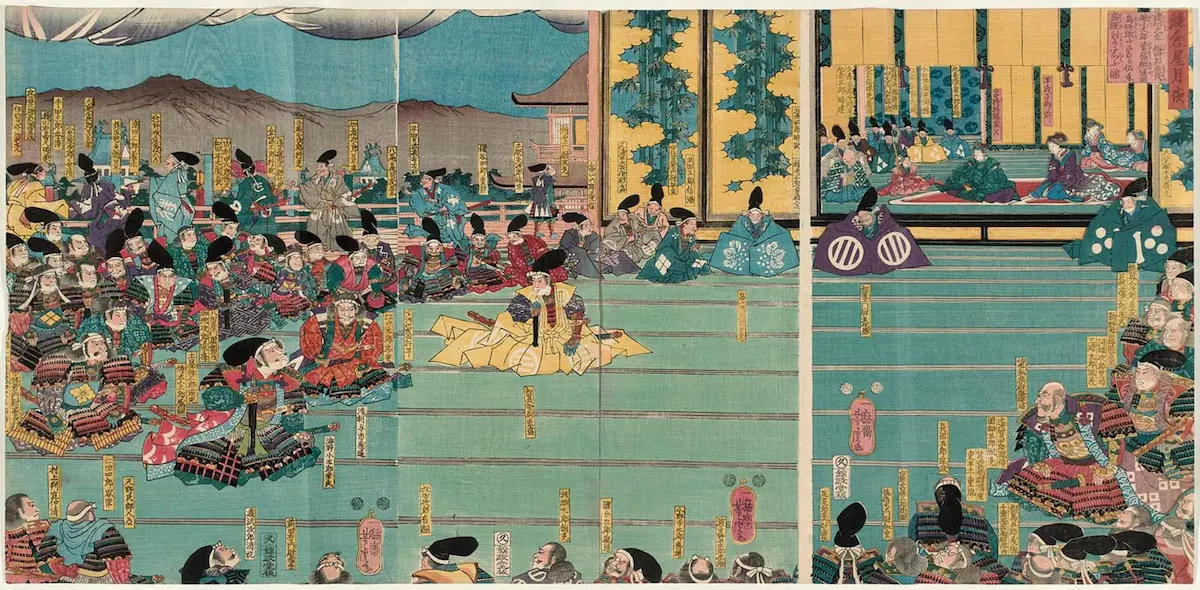From 1185 to 1333, Japan witnessed the rise of the Kamakura Bakufu, a government led by Samurai.
Under their rule, Japan experienced a profound transformation in governance, society, and warfare. Traditional customs were reshaped, and a new social order emerged, with the Samurai at the helm. Challenges like the Mongol invasions tested the Samurai’s ability to defend the country.
Join us as we journey through the Kamakura period and uncover the lasting impact of Samurai rule on Japan’s history.
Key Takeaways
- The Kamakura Period marked the rise of the samurai class in Japan. This era transitioned from the aristocratic rule of the Heian Period to a military-led governance system.
- Minamoto no Yoritomo established the Kamakura Bakufu, Japan’s first shogunate. This created a dual authority system where the shogun held real power, and the emperor was a ceremonial figurehead.
- The period witnessed significant cultural shifts. The emergence of Bushido, the samurai code, and new Buddhist forms reflected the values of the samurai class.
- Military conflicts, such as the Mongol invasions of 1274 and 1281, were pivotal. They showcased the samurai’s military prowess and their role in defending Japan.
- The rise of the Ashikaga clan led to the onset of the Muromachi Period, marking continuous evolution in Japan’s feudal structure.
Brief Overview of the Kamakura Period (1185-1333)
From 1185 to 1333, the Kamakura Period marked a significant shift in Japanese history. Transitioning from the classical Heian Period, it was an era dominated by military governance and samurai rule.
This period saw Minamoto no Yoritomo’s rise, who emerged victorious in the Genpei War. Following his triumph, he established the Kamakura Bakufu, Japan’s inaugural military government, also known as a shogunate.
There was a distinct shift in power from the emperor and court aristocracy to the samurai class. This realignment fundamentally altered Japan’s social, political, and cultural landscape.
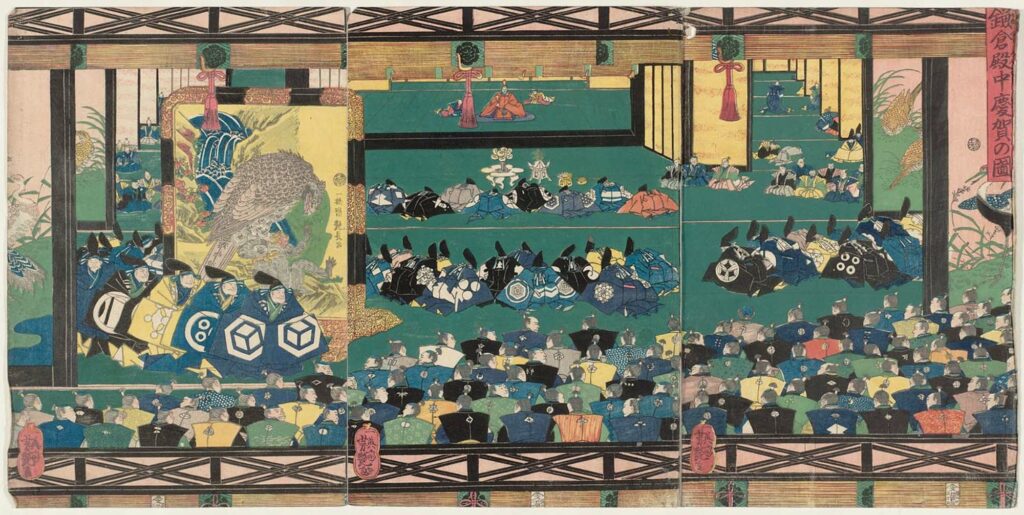
Kamakura Period Society and Culture
The samurai, or bushi, emerged as the dominant class in this period. They influenced various aspects of life, including governance, social structure, and cultural practices.
Bushido, the samurai code of conduct, emphasized ideals such as honor, loyalty, and martial prowess. This code shaped the ethos of the period.
This era also saw the rise of new forms of Buddhism, like Zen, which resonated with samurai ideals. Artistic expressions that reflected the simplicity and austerity of samurai life were popularized.
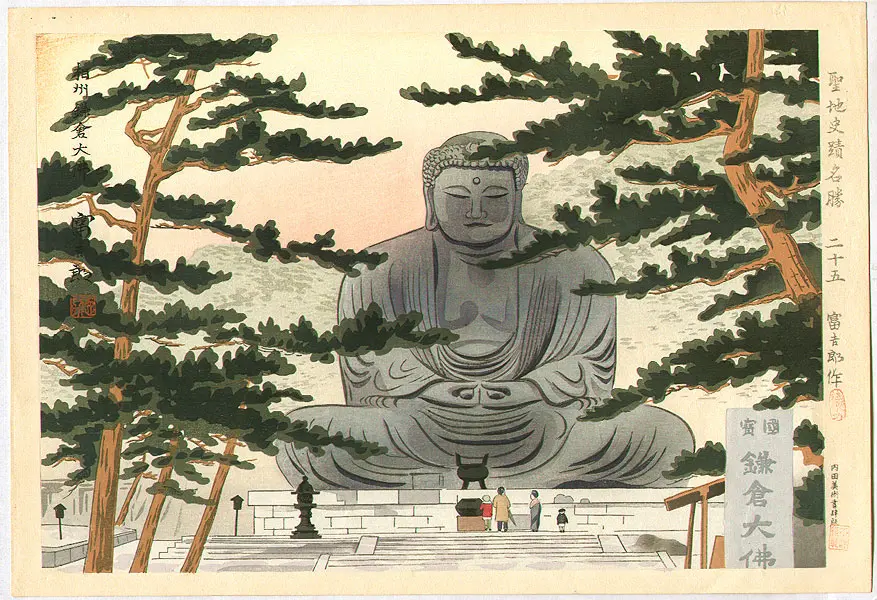
Ruling under the Samurai
Minamoto no Yoritomo, the first Seii Taishogun, established the Kamakura Bakufu. He initiated a governance system where the shogun held real power while the emperor remained a ceremonial figurehead. This dual authority structure would define Japanese politics for centuries.
The Kamakura shogunate also implemented a vassal system where loyal samurai were rewarded with lands and titles, fostering a culture of collective defense and loyalty.
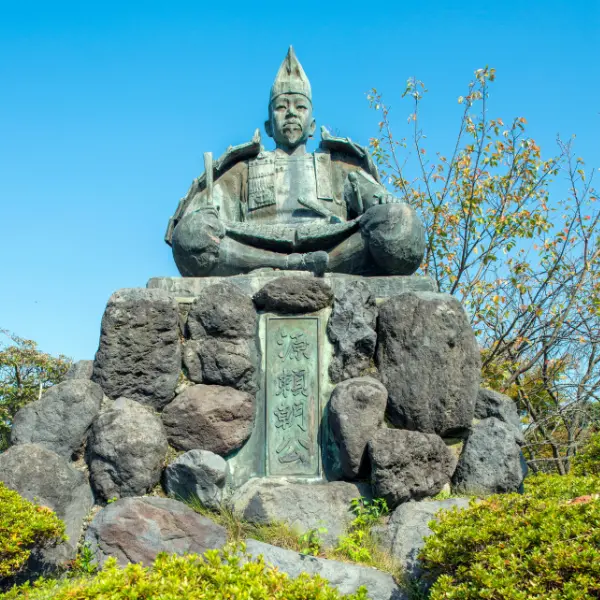
Key Clashes and Conflicts
The Kamakura Period was marked by significant military engagements, including the Mongol invasions of 1274 and 1281 led by Kublai Khan. Despite being heavily outnumbered, the samurai forces, relying on their martial skills and aided by typhoons, famously referred to as “kamikaze” or divine winds, repelled the invasions.
The period was also rife with internal power struggles. The Jokyu War and the dissatisfaction of Emperor Go-Toba with the growing military power threatened to overthrow the shogunate.
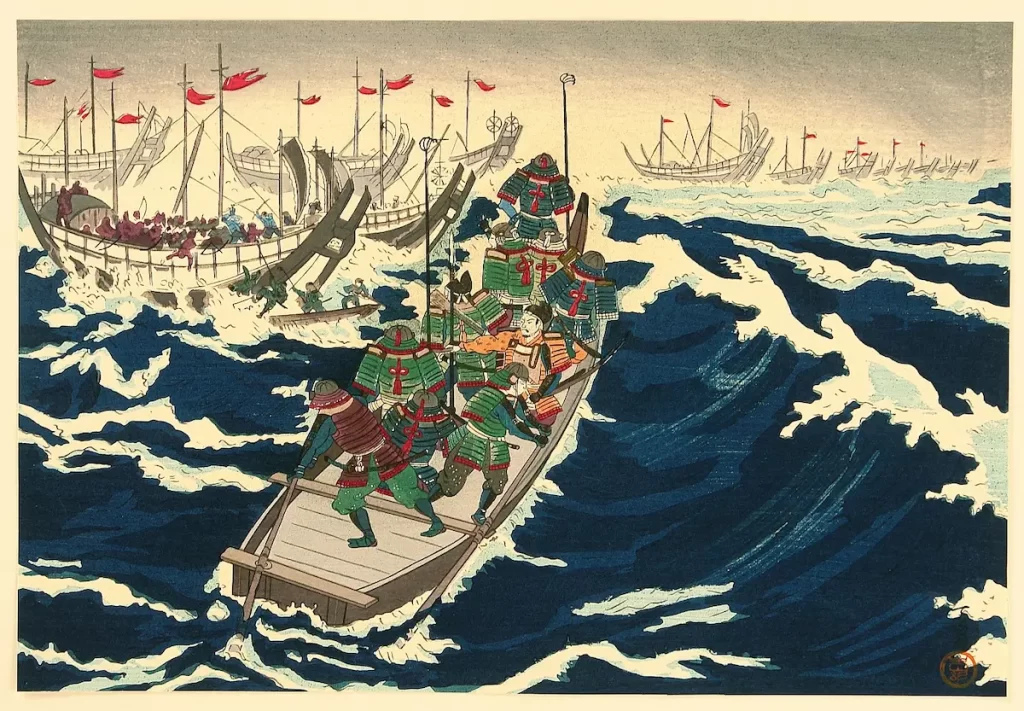
Transition to the Muromachi Period
Internal conflicts and a weakening grip on power led to the downfall of the Kamakura shogunate.
Emperor Go-Daigo, opposing the shogunal regents, the Hojo clan, sparked the Kenmu Restoration, an attempt to restore imperial rule. The Ashikaga clan, led by Ashikaga Takauji, initially supported the emperor but later turned against him.
The Ashikaga shogunate was hence formed and it ushered in the Muromachi Period. This transition initiated another chapter in Japan’s feudal history and continued samurai dominance.
Frequently Asked Questions
Who was the first shogun?
Minamoto no Yoritomo was the first shogun. He established the Kamakura Shogunate in 1192.
What did the samurai do in the Kamakura period?
Samurai served as warriors and local governors during the Kamakura period. They enforced law and order and participated in military campaigns, including against the Mongol invasions.
What was Bushido, and how did it influence the Samurai?
Bushido was a code of honor and morals for the Samurai. It emphasized loyalty, bravery, self-discipline, and honorable conduct. The Bushido had a significant influence on samurai behavior and lifestyle.
Who were the Hojo clan, and what was their role?
The Hojo clan was a dominant family in the Kamakura period. They controlled the shogunate as shogunal regents following Minamoto no Yoritomo’s death.
What were the major events that occurred during the Kamakura period?
Major events included the establishment of the Kamakura Shogunate, the rise of the Samurai class, and the Mongol invasions in 1274 and 1281. New Buddhist sects like Zen and Pure Land Buddhism were also developed.
Who attacked Japan during the Kamakura period?
The Mongol Empire, led by Kublai Khan, attacked Japan. There were two major invasions, in 1274 and 1281.
How did the Kamakura shogunate end?
The Kamakura Shogunate fell in 1333. It ended after a rebellion led by Emperor Go-Daigo and Ashikaga Takauji, leading to the Ashikaga Shogunate’s rise.
Further Reading
- The Cambridge History of Japan: Volume 3 (Medieval Japan)
- A Concise History of Japan by Brett L. Walker

